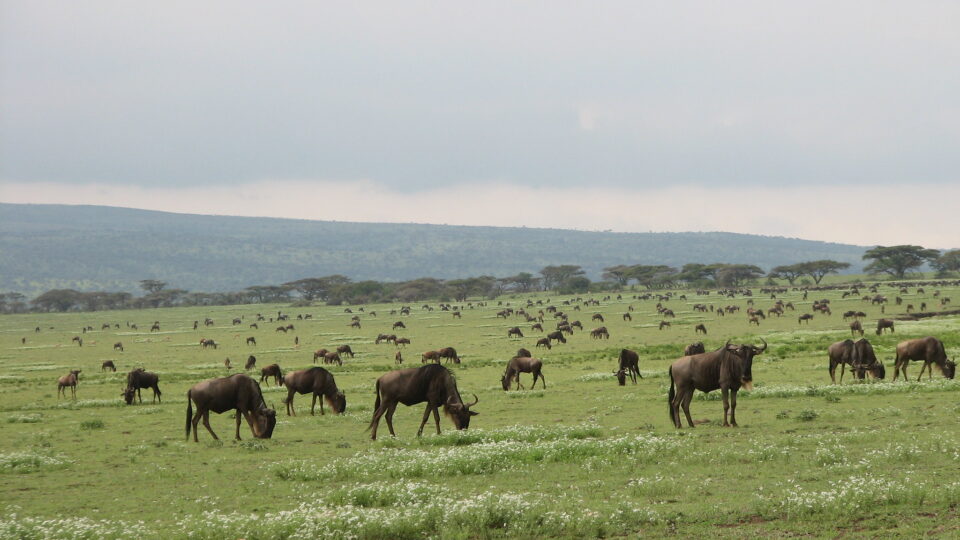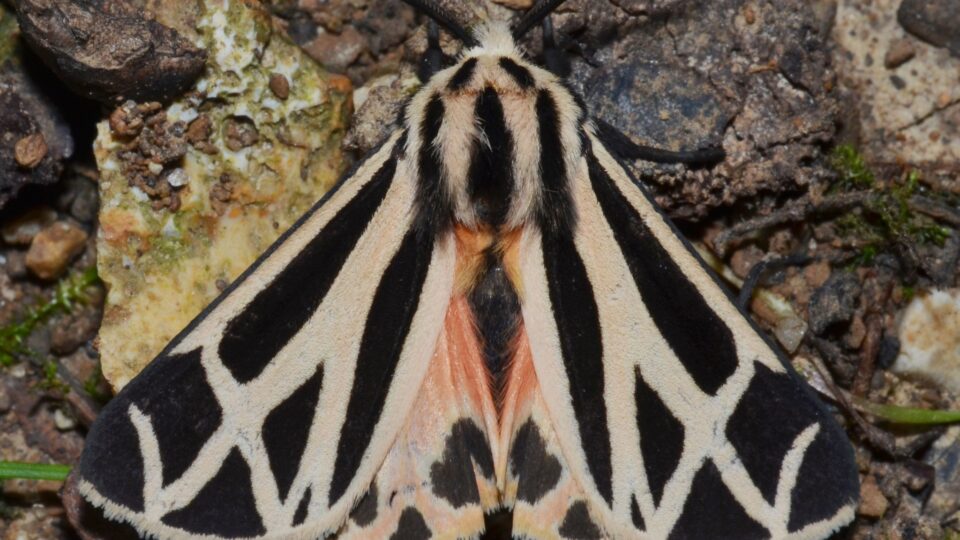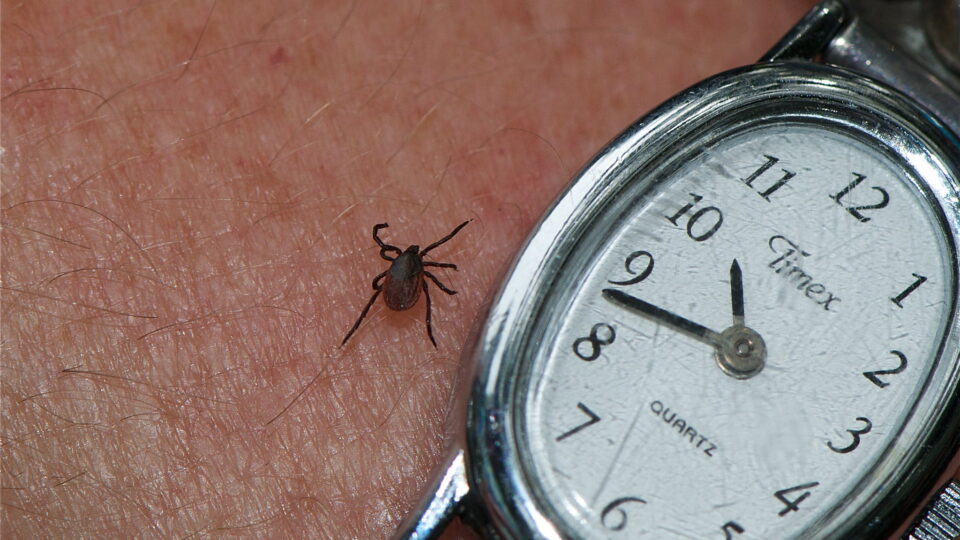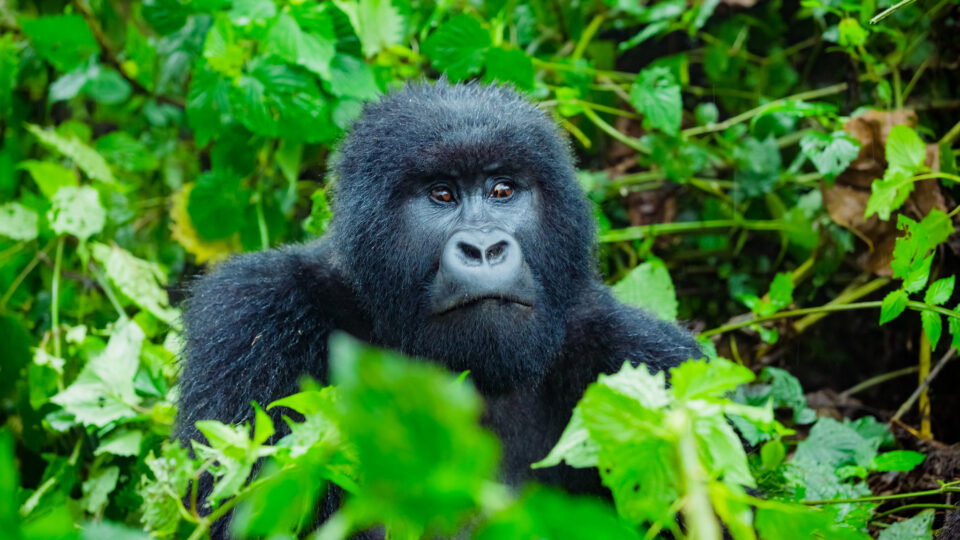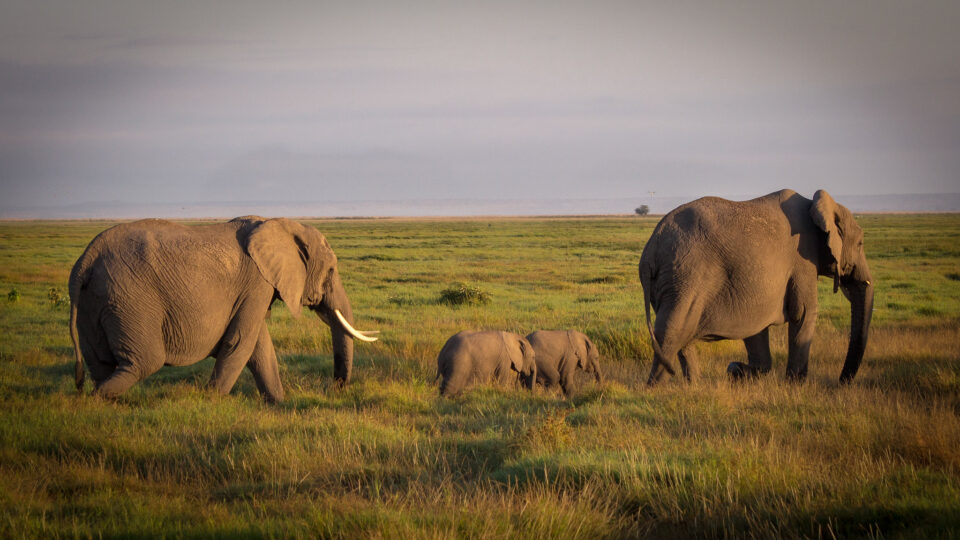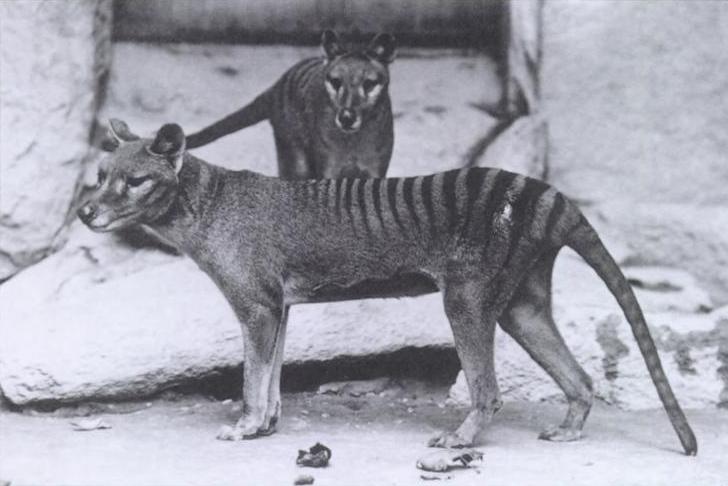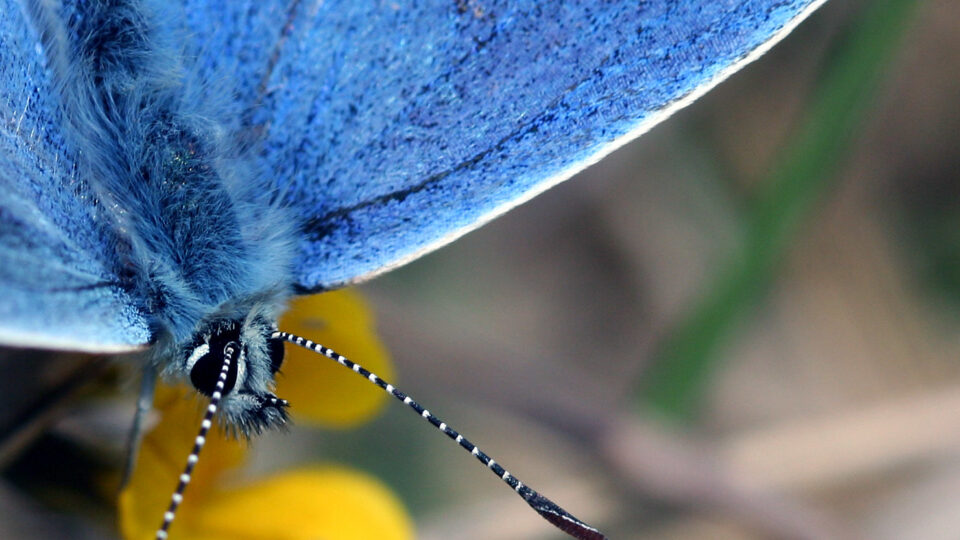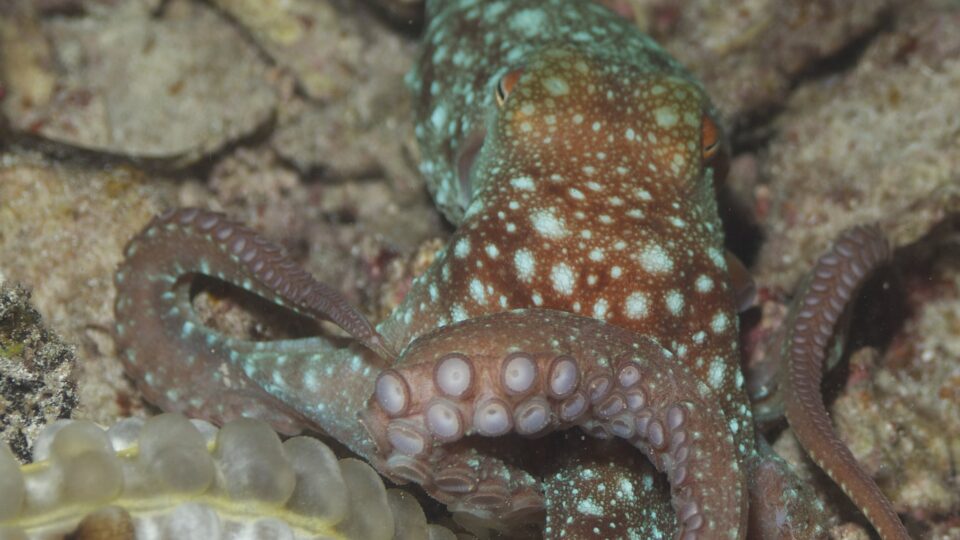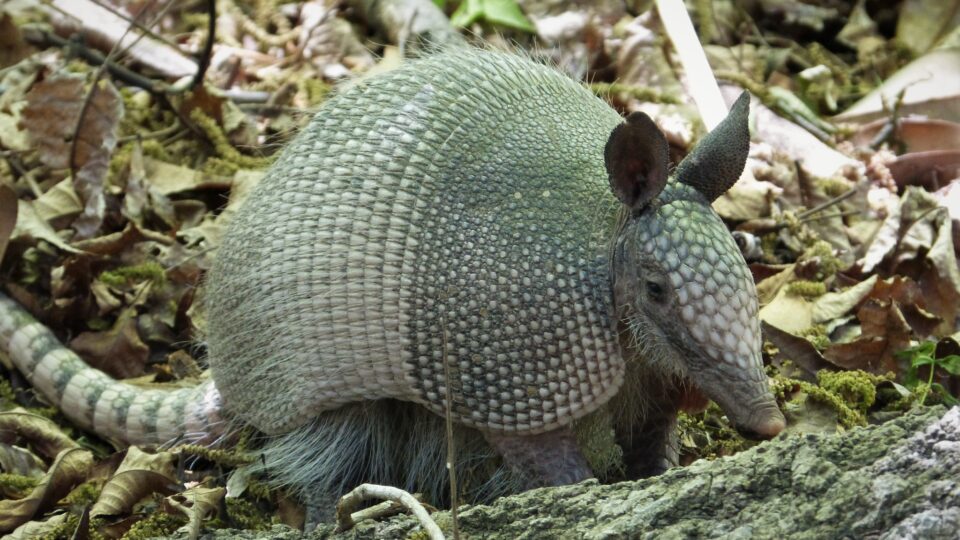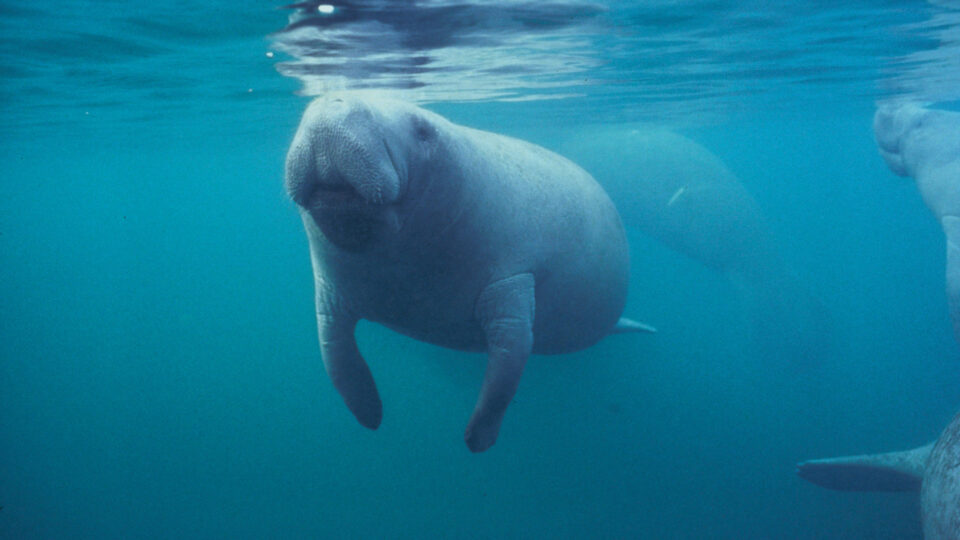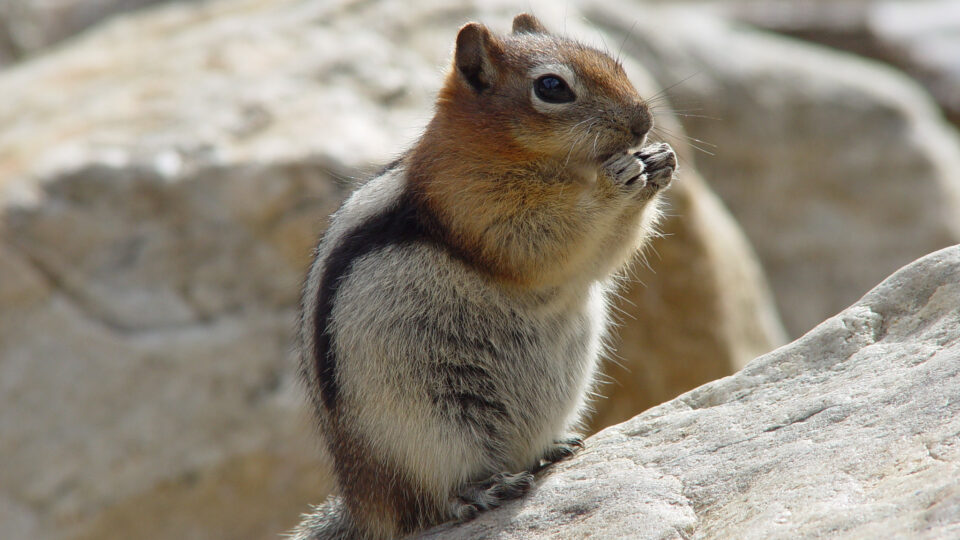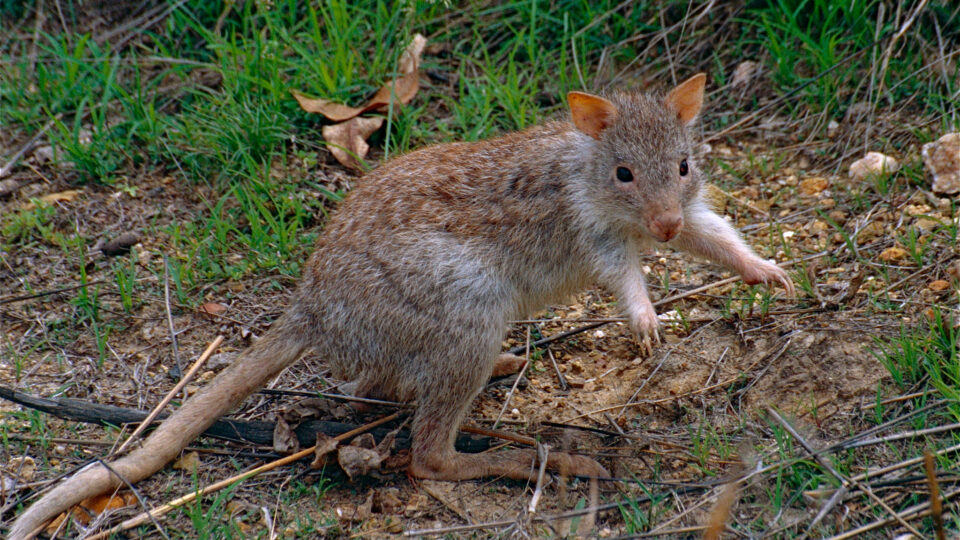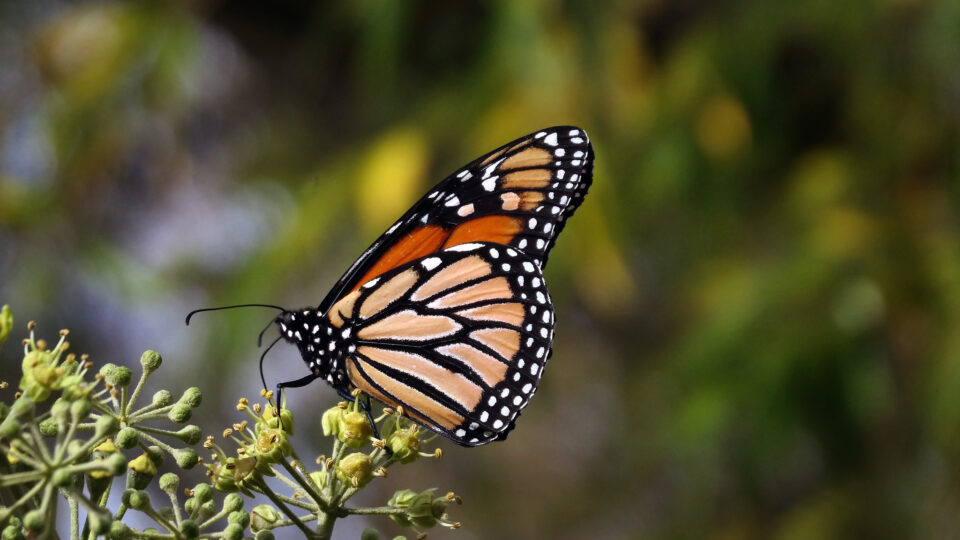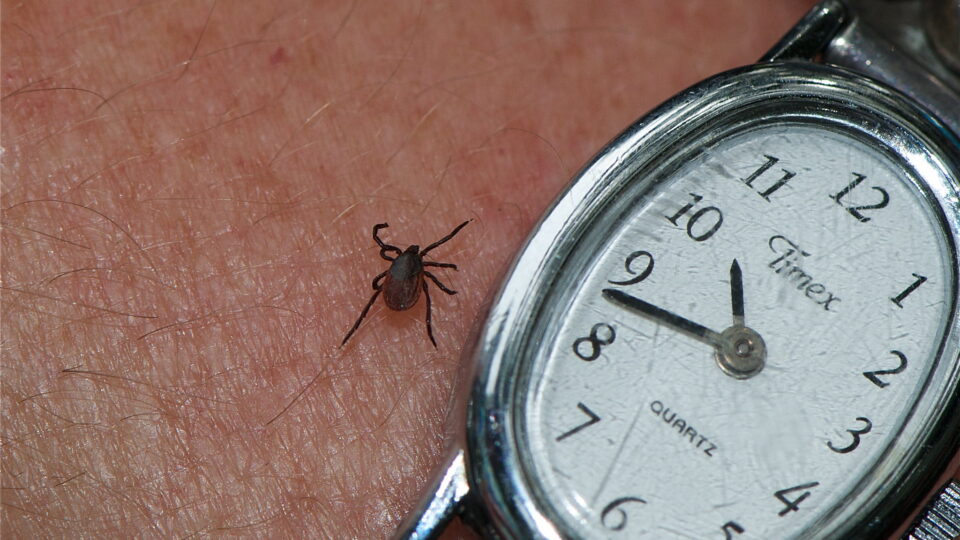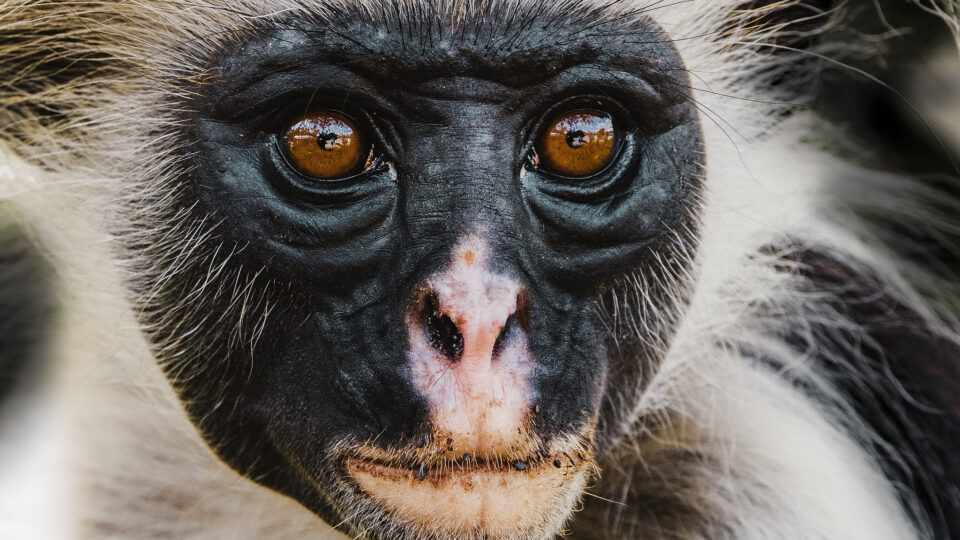A type of seaweed called sargassum has long formed large blooms in the Atlantic Ocean. It gets its name from the Sargasso Sea in the western Atlantic. Since 2011, scientists have been tracking massive accumulations of the stuff each year that starts out off the coast of Africa and works its way across the Atlantic to end up in the Gulf of Mexico.
The amount of sargassum present each year can shift depending on factors like changes in nutrients, rainfall, and wind conditions. But since the 1980s, nitrogen content in the Atlantic has gone up by 45%. This is likely due to human activities such as agriculture and fossil fuel production dumping materials into the rivers that feed into the ocean.
According to recent observations, the mass of seaweed now heading for Florida and other coastlines throughout the Gulf of Mexico may be the largest on record. The giant blob of sargassum spans more than 5,000 miles in extent. It is moving west and will pass through the Caribbean and up into the Gulf during the summer. The seaweed is expected to become prevalent on beaches in Florida around July.
The seaweed provides food and protection for fishes, mammals, marine birds, crabs, sea turtles, and more. But unfortunately, when sargassum hits the beaches, it piles up in mounds that can be difficult to walk through and eventually emits a gas that smells like rotten eggs.
Tourist destinations in the Caribbean region have their work cut out for them to remove seaweed that can pile up several feet deep. For example, in Barbados, locals were using 1,600 dump trucks a day to clean their beaches. Caribbean and Florida resorts spend millions of dollars each year to remove sargassum seaweed.
**********
Web Links
A 5,000-mile-wide blob of seaweed is headed for Florida, threatening tourism across the Caribbean
Photo, posted February 24, 2020, courtesy of Bernard Dupont via Flickr.
Earth Wise is a production of WAMC Northeast Public Radio

